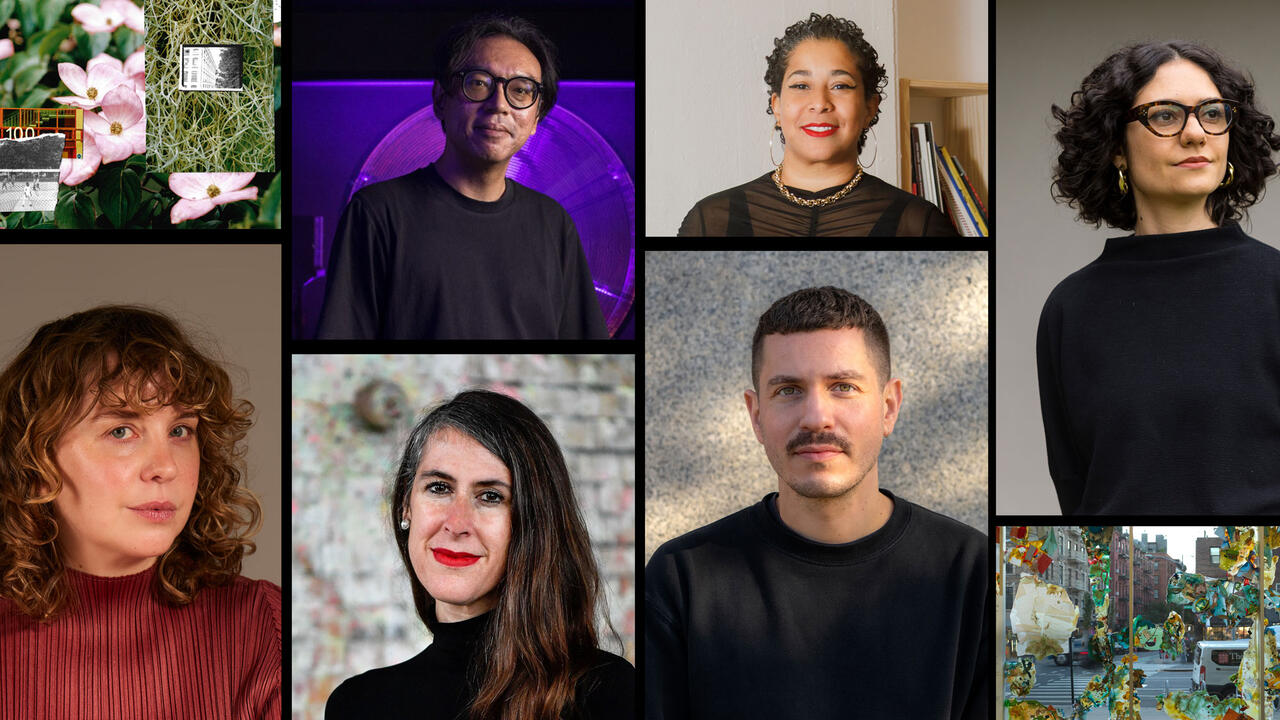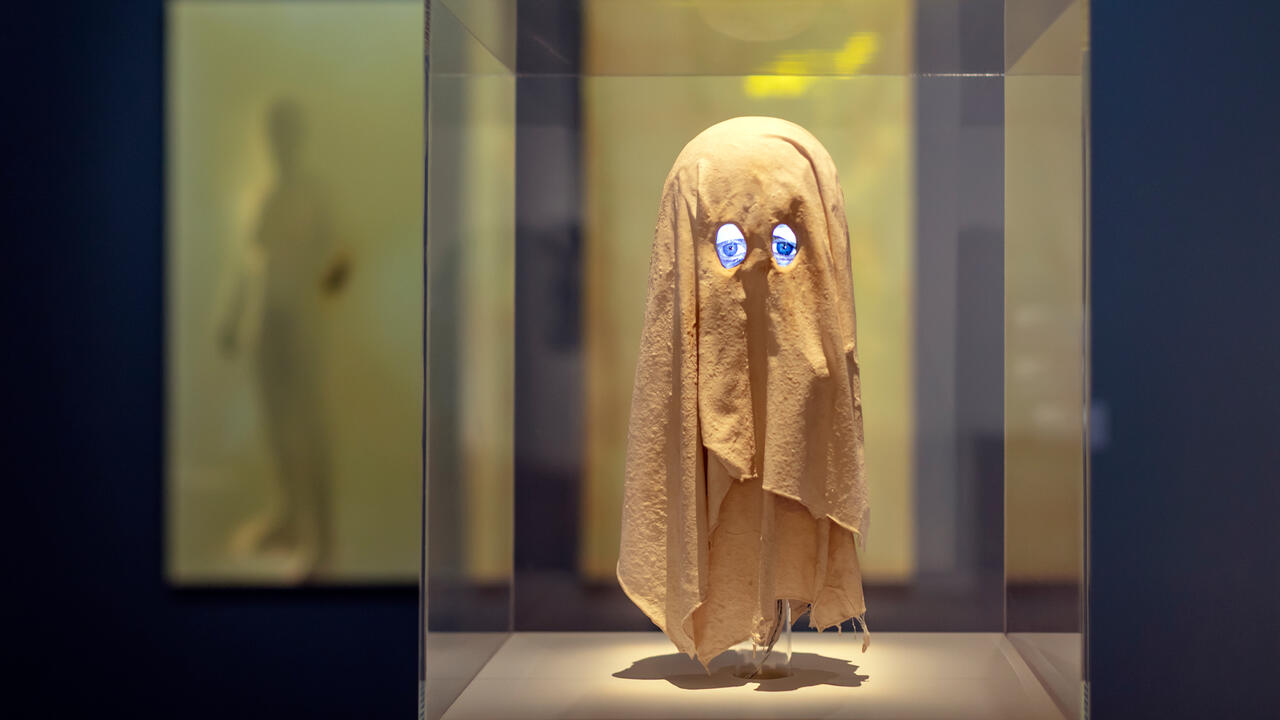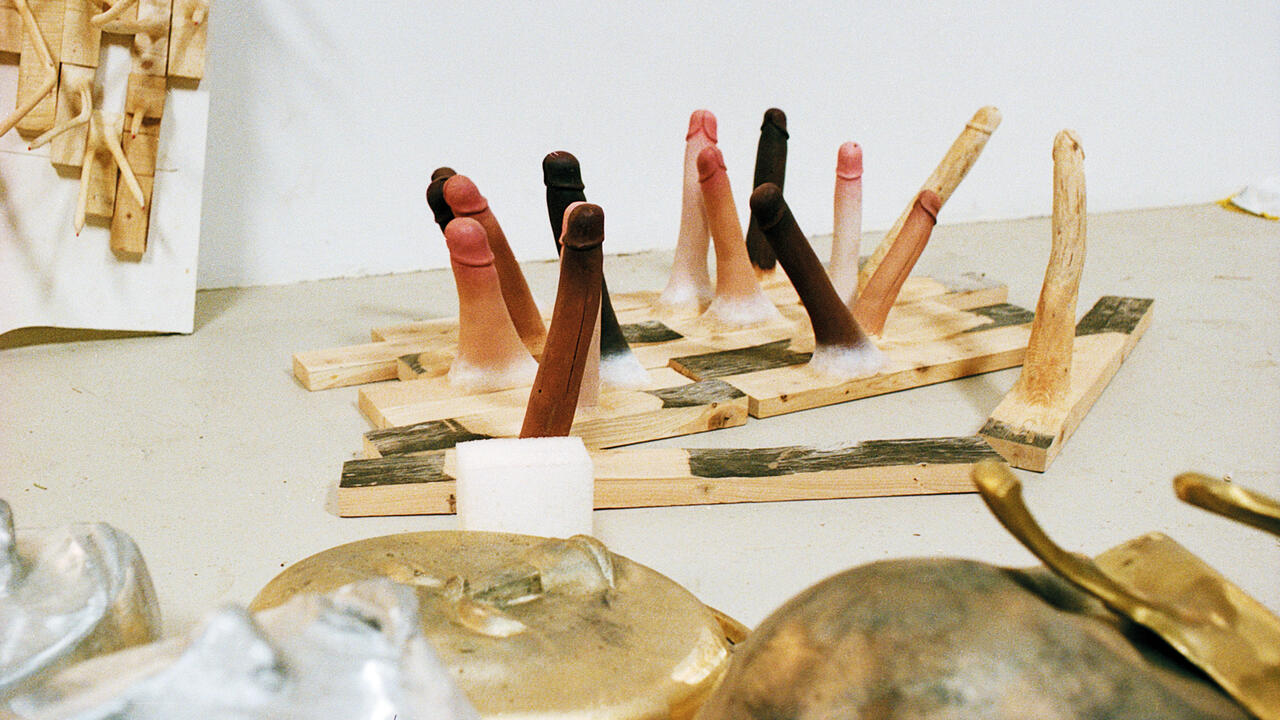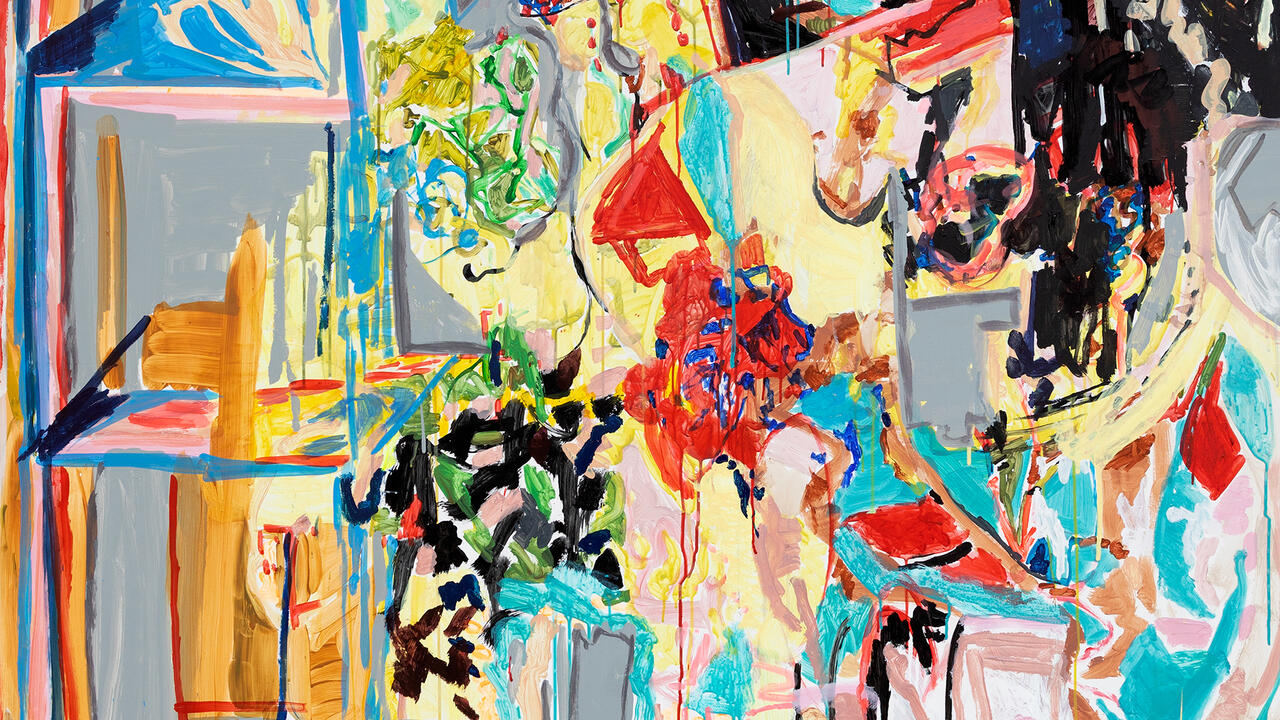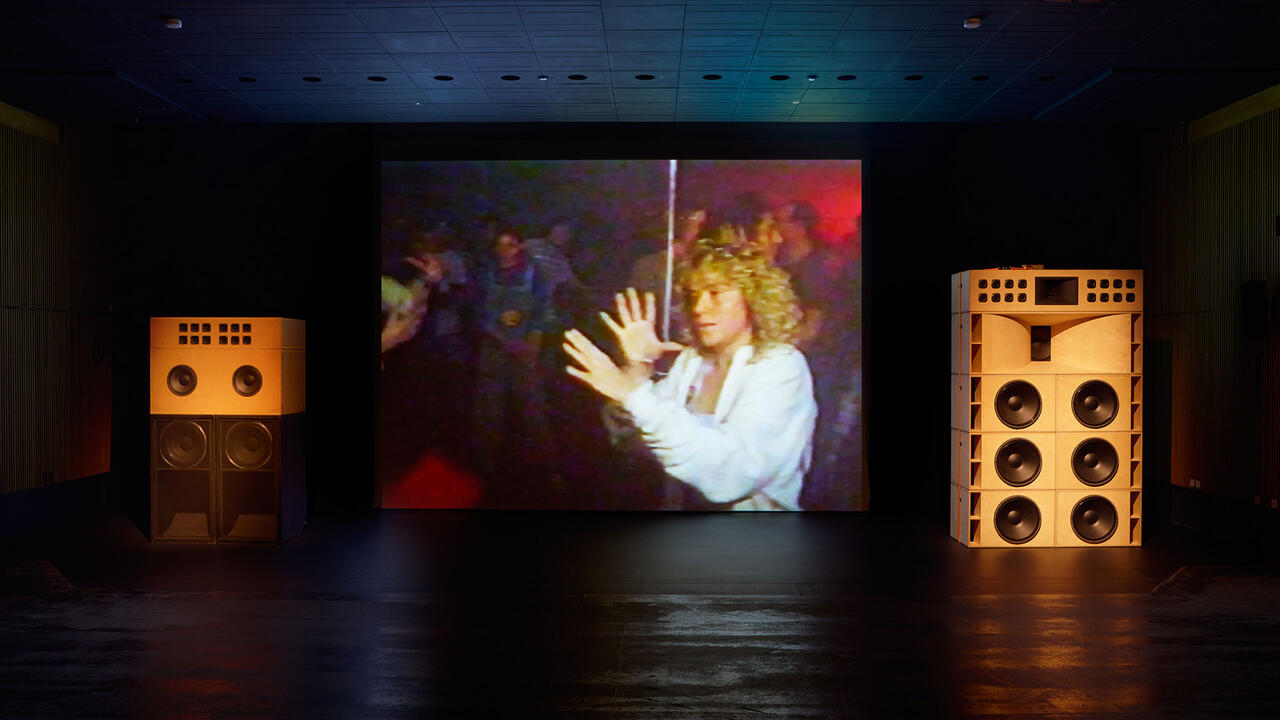Glasgow International 2018: Technology and the Animal
At this year’s GI festival, directed by Richard Parry, a future-focused assemblage of what it means to be human
At this year’s GI festival, directed by Richard Parry, a future-focused assemblage of what it means to be human

At Glasgow International, humanity finds itself stuck between technology and the animal. New director Richard Parry talks of ‘moments of the human’, but us poor humans are widely derided, either for our psychological hubris or our fleshly failings.
For 2018, the biennial arts festival includes work by 268 artists across more than 78 venues throughout the city. There is a core director’s programme, overseen by Parry, a supported programme, to which Glasgow International (GI) contributes some funding (not enough, I’m told by several artists and curators) and a wealth of other initiatives whose support from GI is promotional rather than financial.

With so much going on, thematic threads are invariably a little artificial. But technology – either magically omnipotent or frustratingly flawed – is a persistent presence. At the Gallery of Modern Art (GoMA), the group show ‘Cellular World: Cyborg-Human-Avatar-Horror’ sets the tone. Especially attention-grabbing is Sam Keogh’s Kapton Cadaverine (2017), an oddball performance-installation that sees the artist emerge from a cryogenic chamber, wearing a suit smeared with bodily fluids, and enact a semi-lucid discussion with the computer of his dilapidated spaceship. ‘Matt Damon doesn’t masturbate in The Martian,’ is one typical observation.

Two exhibitions at Tramway – one by Mark Leckey, the other by Tai Shani – are similarly future-focused. Shani’s immersive performance Dark Continent: SEMIRAMIS (2018) imagines a highly sexed feminist future free from men. ‘We are the technology,’ intones its robotic narrator. Leckey, meanwhile, has scaled up an 18th century wooden figurine of Job (Nobodaddy, 2018), his putrid flesh a repository for speakers grumbling out a desire for the kind of sublime self-obliteration that was rich and political in the poetry of William Blake but, these days, is just plain terrifying coming from the immortality-obsessed billionaires of Silicon Valley. ‘To spread myself everywhere, to be in everything,’ says Job.
Engaging more concertedly with these themes is ‘Second Nature’, a group show curated by Samuel Capps of London gallery Gossamer Fogg in collaboration with Glasgow-based ‘nomadic research unit’ Home-Platform. Taking place in a dilapidated space above a fishmonger, the exhibition features work by nine artists in a ‘post-natural coagulation of materiality’ – an alluringly hectic tangle of wires, slime, and day-glo fluorescence. ‘Are you the animal or the machine?’ asks a disembodied voice in one of Eva Papamargariti’s glitchy video works. ‘I am both,’ replies a rendering of an animatronic frog.

The most successful works here pay attention to the materiality of technology: the moss growing inside two old PC towers as they restlessly scan the internet (Christopher MacInnes, Mycelliotek inc., 2018) or the petrified seaweed and silicon tentacles lying like litter atop a beach of glittering silicon sand (Diane Edwards, Petrified, 2018). Or, in group show ‘Transmuted Worlds’ inside the Savoy Tower, the steel and discomfortingly gorgeous lacquered resin sculptures of Louise Gibson (Lifelines, 2014 and The Naked Truth, 2018).
But something troubles me about the aesthetic of some of these works, and I’m yet to fully understand why. Maybe it’s simply the disdain for the human body. Capps’ own work includes Redundant Hardware (2018), which sees Pentium II processors (once cutting edge, now worthless) embedded within a fleshy-looking rectangle of silicone, isocyanate and polyol resin. The implication is clear: human flesh will not be needed in the future.
A more subtle engagement with the science of mortality comes courtesy of Corin Sworn, whose solo show at Koppe Astner is one of the highlights of GI. Among redundant antibacterial gel dispensers and whited-out calendars, a disembodied voice gives a detailed description of bodily decay (filament proteins, anaerobic bacteria, putrefaction and ‘molecular death’). In addition, Sworn has cut a big circular hole in the gallery wall, and as the audio autopsy itself begins to decompose, interrupted by shattering noises, we watch a video of past bodies moving through the space where we now stand. It is these traces of human life that make the forensics of death significant.

With the future shouting loudly all around, perhaps the strongest works across GI are those that speak more quietly. Under Laurieston Arches, as part of group show, ‘Cleave’, Sofie Alsbo’s installation Loss of Signal (2018) collages together sounds from NASA’s public archives and YouTube tarot readings to dwell upon the edges of communication in both science and spirituality. In the gardens behind Tramway, Josée Aubin Ouellette presents a loose circle of highly patterned agateware versions of the fake rocks used in zoos (complete with different apertures for a radiator, a speaker or an extraction fan). A few forlorn scraps of lettuce have been left out for a tortoise that will never arrive.
By declining to impose an overarching theme, Parry has been a polite newcomer to Glasgow. But the director’s programme inevitably provides a lens through which much else is viewed. While Glasgow’s sprawling diversity is GI’s great strength, a little more clarity from the centre might not have gone amiss.
Glasgow International 2018 runs across various venues in the city until 7 May.
Main image: Duggie Fields, installation view, The Modern Institute, Glasgow, 2018. Courtesy: the artist and The Modern Institute/Toby Webster Ltd, Glasgow; photograph: Sean Campbell









